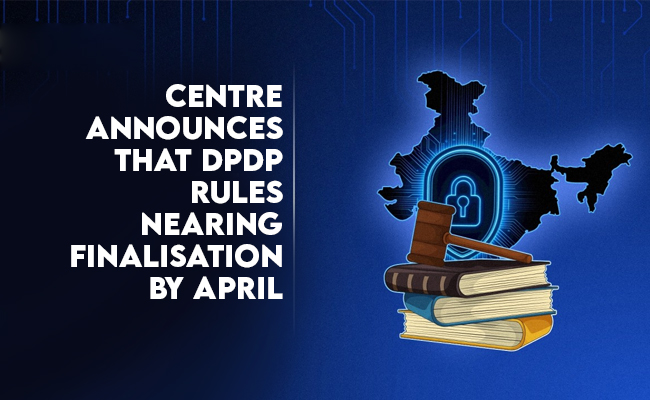Chinese-linked Muhstik botnet targets Oracle WebLogic, Drupal
By MYBRANDBOOK

A security firm confirmed the Muhstik botnet, has been operating for at least two years, has recently started targeting vulnerabilities in the Oracle WebLogic application server and the Drupal content management system as a way to expand its cryptocurrency mining capabilities, according to the security firm.
Researchers earlier found that Muhstik targeted vulnerable IoT devices, such as routers, to grow its malicious network and perform other tasks, such as mining for cryptocurrency or launching distributed denial-of-service attacks.
The operators behind Muhstik are targeting vulnerabilities in web applications to increase the botnet's reach. This includes two vulnerabilities in Oracle WebLogic, which is used to help build and deploy enterprise Java EE applications.
Those flaws are tracked as CVE-2019-2725 and CVE-2017-10271One of the Oracle WebLogic vulnerabilities, CVE-2019-2725, was disclosed over a year ago, when researchers from Palo Alto Networks Unit 42 warned that it could be used to mine for cryptocurrency or deploy ransomware.
The Lacework researchers note that Muhstik continues to use the IRC protocol to communicate with its command-and-control server, which is fairly common for botnets.
Muhstik then attempts to download other malicious code within the infected device or web application. This includes the XMRig malware that is being increasingly used to mine for cryptocurrency, such as monero.
The botnet also attempts to download a scanning module that searches for other vulnerable applications or connected devices and then attempts to connect those to its malicious infrastructure, according to the report.
"Usually, Muhstik will be instructed to download an XMRig miner and a scanning module. The scanning module is used for growing the botnet through targeting other Linux servers and home routers," Chris Hall, a cloud security researcher at Lacework, notes in the report.
The researchers also found the Muhstik botnet leverages source code from the Mirai botnet. This includes a memory scraper, which can kill other malware within a device.


Legal Battle Over IT Act Intensifies Amid Musk’s India Plans
The outcome of the legal dispute between X Corp and the Indian government c...

Wipro inks 10-year deal with Phoenix Group's ReAssure UK worth
The agreement, executed through Wipro and its 100% subsidiary,...

Centre announces that DPDP Rules nearing Finalisation by April
The government seeks to refine the rules for robust data protection, ensuri...

Home Ministry cracks down on PoS agents in digital arrest scam
Digital arrest scams are a growing cybercrime where victims are coerced or ...


Icons Of India : MUKESH D. AMBANI
Mukesh Dhirubhai Ambani is an Indian businessman and the chairman and ...

Icons Of India : Arundhati Bhattacharya
Arundhati Bhattacharya serves as the Chairperson and CEO of Salesforce...

Icons Of India : NIKHIL RATHI
Co-founder & CEO of Web Werks, a global leader in Data Centers and Clo...


ITI - ITI Limited
ITI Limited is a leading provider of telecommunications equipment, sol...

CSC - Common Service Centres
CSC initiative in India is a strategic cornerstone of the Digital Indi...

NSE - National Stock Exchange
NSE is the leading stock exchange in India....


Indian Tech Talent Excelling The Tech World - Thomas Kurian, CEO- Google Cloud
Thomas Kurian, the CEO of Google Cloud, has been instrumental in expan...

Indian Tech Talent Excelling The Tech World - Dheeraj Pandey, CEO, DevRev
Dheeraj Pandey, Co-founder and CEO at DevRev , has a remarkable journe...

Indian Tech Talent Excelling The Tech World - NEAL MOHAN, CEO - Youtube
Neal Mohan, the CEO of YouTube, has a bold vision for the platform’s...
 of images belongs to the respective copyright holders
of images belongs to the respective copyright holders